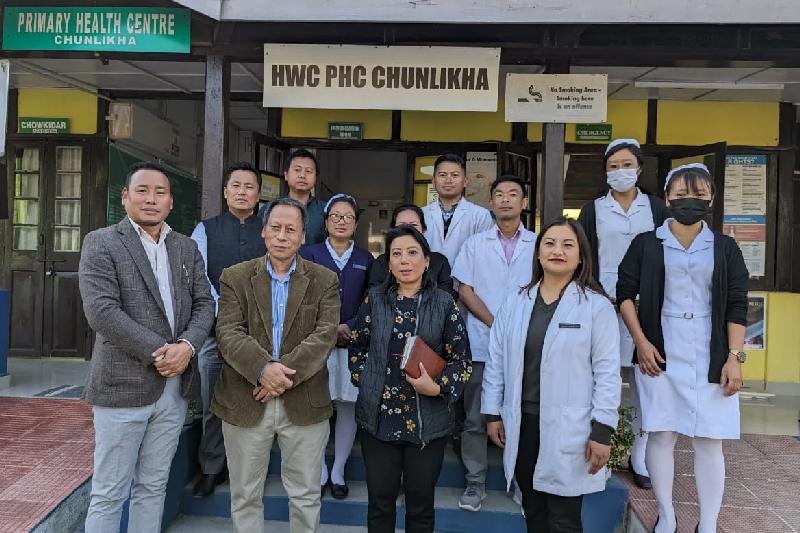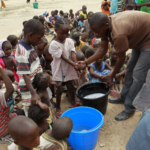
The Nagaland State Human Rights Commission (NSHRC) recently conducted a three-day visit to assess the conditions of 12 government-run health centres in Kohima
The Nagaland State Human Rights Commission (NSHRC) recently conducted a three-day visit to assess the conditions of 12 government-run health centers in Kohima and Tseminyu districts from March 5 to 7, 2024. The team, led by Chairperson Justice Songkhupchung Serto and Member R Nzanbemo Lotha, along with representatives from the Chief Medical Officer’s office in Kohima, visited Community Health Centers, Primary Health Centers, Health and Wellness Centers, an Integrated Ayush Hospital, and sub-centers.
Objective: Upholding the Right to Health
The primary objective of the visit was to ensure that the fundamental human right to health is being upheld in these healthcare facilities. The NSHRC recognizes that access to quality healthcare is a crucial aspect of protecting and promoting human rights.
Findings and Observations
During the visit, the NSHRC team identified several lapses and areas that require improvement:
1. Manpower Management and Medicine Supplies: While the physical infrastructure of most health centers in Kohima district was found to be satisfactory, there is a need for better management of manpower and timely supply of medicines and healthcare equipment like bandages and hand gloves.
2. Inadequate Infrastructure at Tseminyu Old Town CHC: The Community Health Center (CHC) at Tseminyu Old Town, catering to a population of 50,000, requires urgent attention as the existing building is inadequate and needs renovation or reconstruction.
3. Water Supply Issues: The lack of water supply was a common problem encountered in almost all the health centers, except for the Chunlikha PHC. Water is essential for maintaining hygiene and operations in healthcare facilities, and the commission highlighted the need for the government to address this issue.
4. Power Supply Concerns: The CHC at Botsa faces power supply challenges, with poor wiring and insufficient solar panel capacity, hindering the proper functioning of essential equipment like air conditioners.
5. Accommodation for Healthcare Personnel: The commission noted that most healthcare facilities lack accommodation for doctors and nurses, compelling them to commute from Kohima, which can affect the quality of patient care.
Call for Dedicated Healthcare Professionals
Justice Serto emphasized the importance of dedicated healthcare professionals, stating, “If there are no patients (indoor patients) in hospital/health centers of CHC level, it would be because either there are no patients or no doctors are attending the patients. In the case of the CHCs that we visited, the latter seems to be the case. The government needs to do its part, and the doctors and nurses should also be a little more dedicated to serving the people.”







